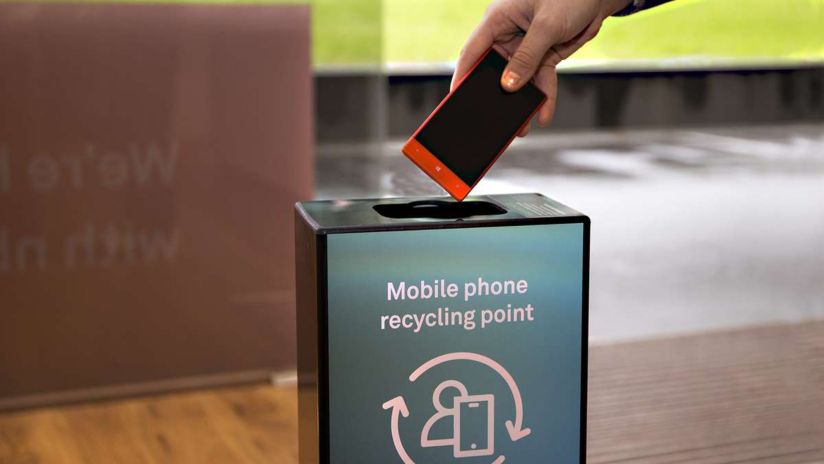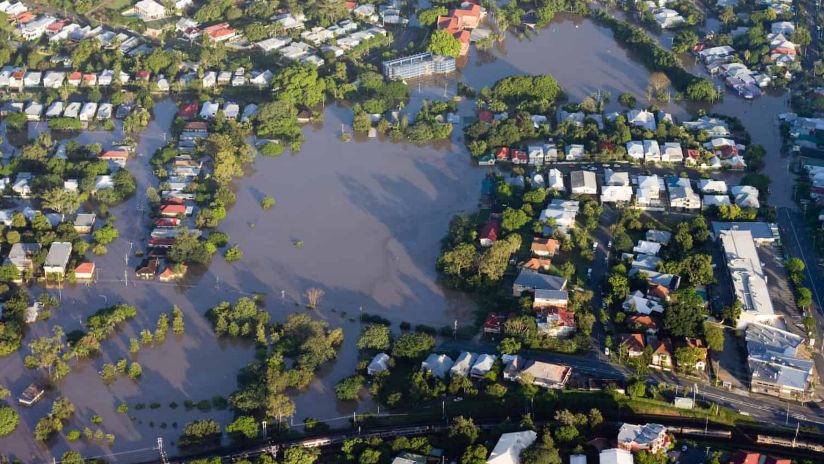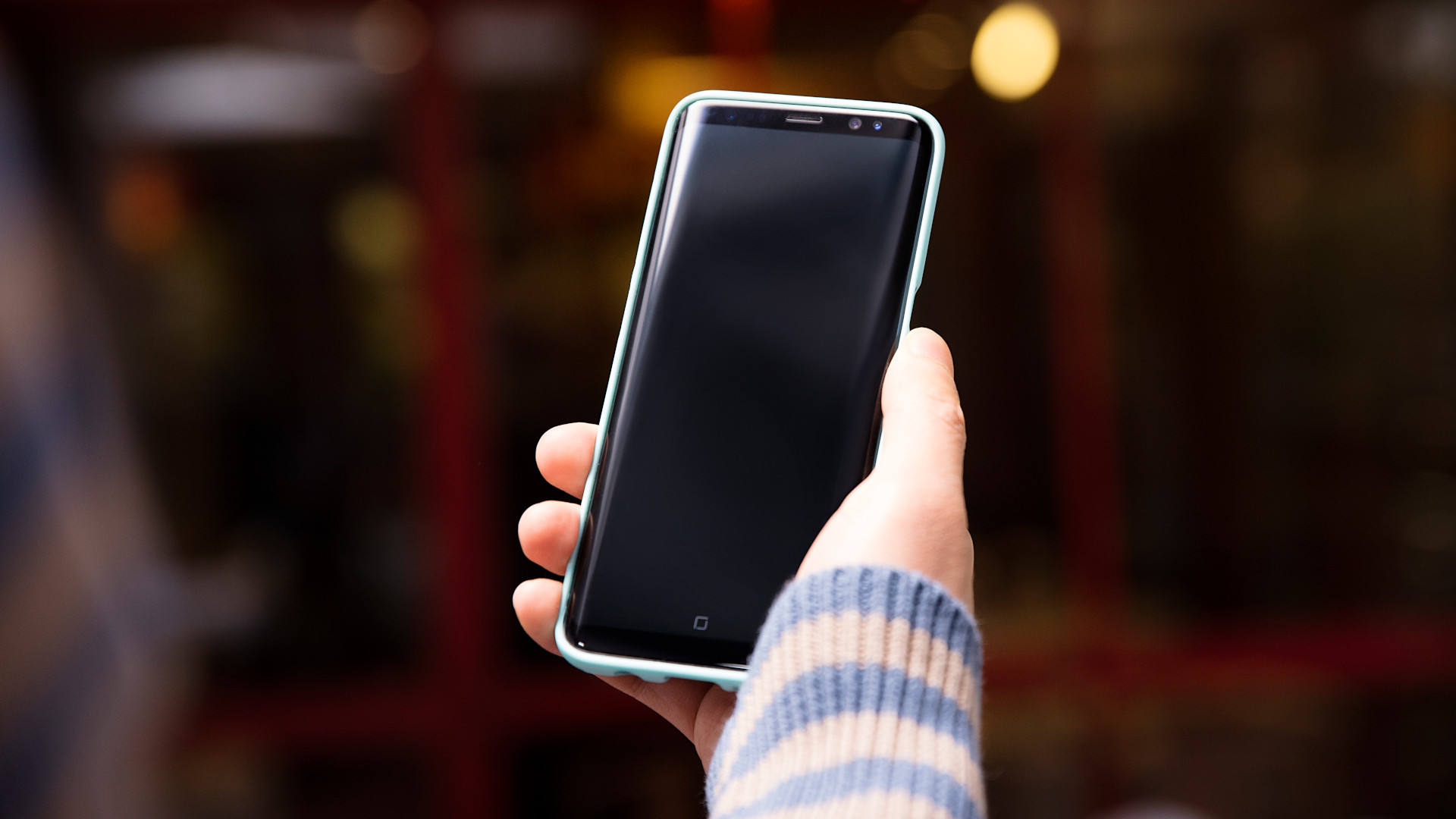How to recycle your unwanted devices

It’s a lot – and that’s before we even think about electronic waste (e-waste).
E-waste is Australia’s fastest growing waste stream, with 66 per cent of Aussies stashing at least one piece of unwanted tech at home. In fact, our research1 revealed Australians are hoarding 61 million unwanted or unused technology items.
To help address this, earlier in the year we launched a trial of the Telstra eCycle Program – a simple way to recycle your devices2. It has been a great success and we’ve now expanded the types of devices that can be recycled in all Telstra stores.
To celebrate National Recycling Week (November 8–14), we put together a guide to help you recycle your old devices.
Recycling your old devices is easy
You might not be able to chuck your devices in a bin at home to recycle them, but you don’t need to go too far out of your way to dispose of them. In fact, there are plenty of easy options.
It’s not just your old phone you can recycle either, with modems, mobile phone batteries, accessories, smart watches, tablets, mobile wireless internet devices, VR headsets, and home phones also eligible.
Before you head out though, it’s crucial that you make sure your devices are clear of any personal information or data. The recycling process doesn’t include data wiping, only destruction. If you follow this checklist, you’re heading in the right direction:
- Erase personal info – Your address book, photos, messages, and other stored information.
- Disable your phone – This includes the activation lock, antitheft and ‘find your phone’ settings.
- Remove the SIM card – Unsure if your device has one? Contact your provider for more info.
- Restore factory settings – This puts your phone back to its default settings and makes sure everything is cleared off your device.
Once you’ve made sure your device is clear of your data it’s ready to be recycled.
You have a few different options to recycle your e-waste, most will only take you a few minutes and you can even do some from the comfort of your own home:
- Drop your devices into the Telstra eCycle boxes at any Telstra store. This is free and is as easy as putting a letter in the postbox
- Speaking of postboxes – through the Telstra eCycle program, we’ll cover the postage costs for you to send your devices off to be recycled. Just package your devices (up to 15kg) and drop them at your closest eligible Australia Post outlet. This is open to anyone, not just Telstra customers.
Have a device to recycle? Start a returns process
Our journey to 500,000 recycled phones
We’re committed to recycling and reusing over 500,000 phones, modems and other devices each year, right up to 2025.
In our last financial year, we collected more than 392,000 devices from customers to be repurposed, reused or recycled under our eCycle Program. We’re getting close, but we still need your help to get to these device recycling goals and take meaningful action for the environment.
We’re also doing our environmental part across operations, moving to plastic free distribution of consumer products, more efficient packaging for our products and have set a goal to increase our network waste recycling rate to 85% by 2025.
Things you need to know
- Research conducted by YouGov in November 2020 with 1,010 Australian participants aged 18 and over.
- We are not accepting televisions, computers, printers or batteries through our eCycle Program. Please contact your local council or visit Planet Ark’s Recycling Near You website to find out how you can recycle these technologies.


